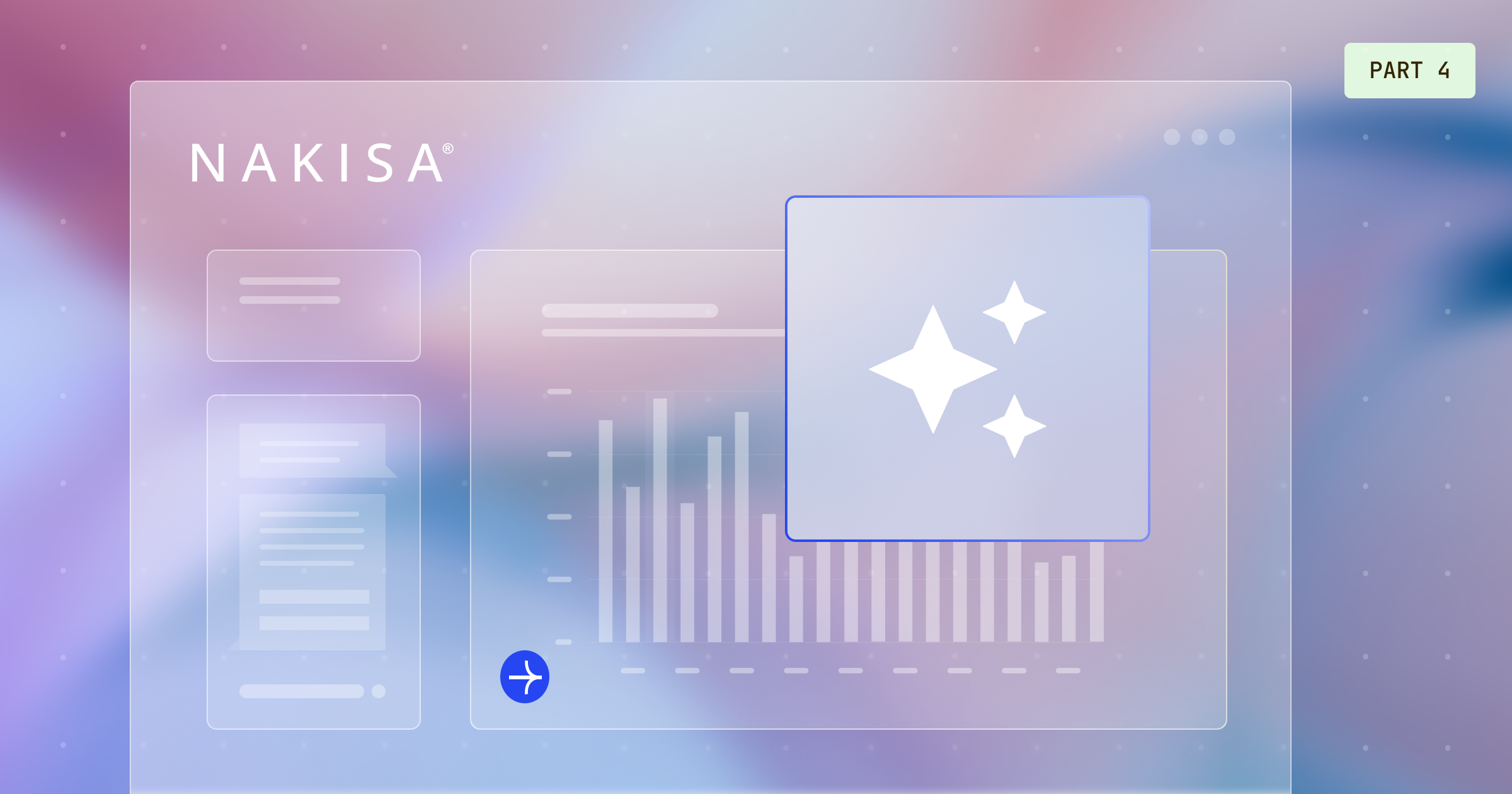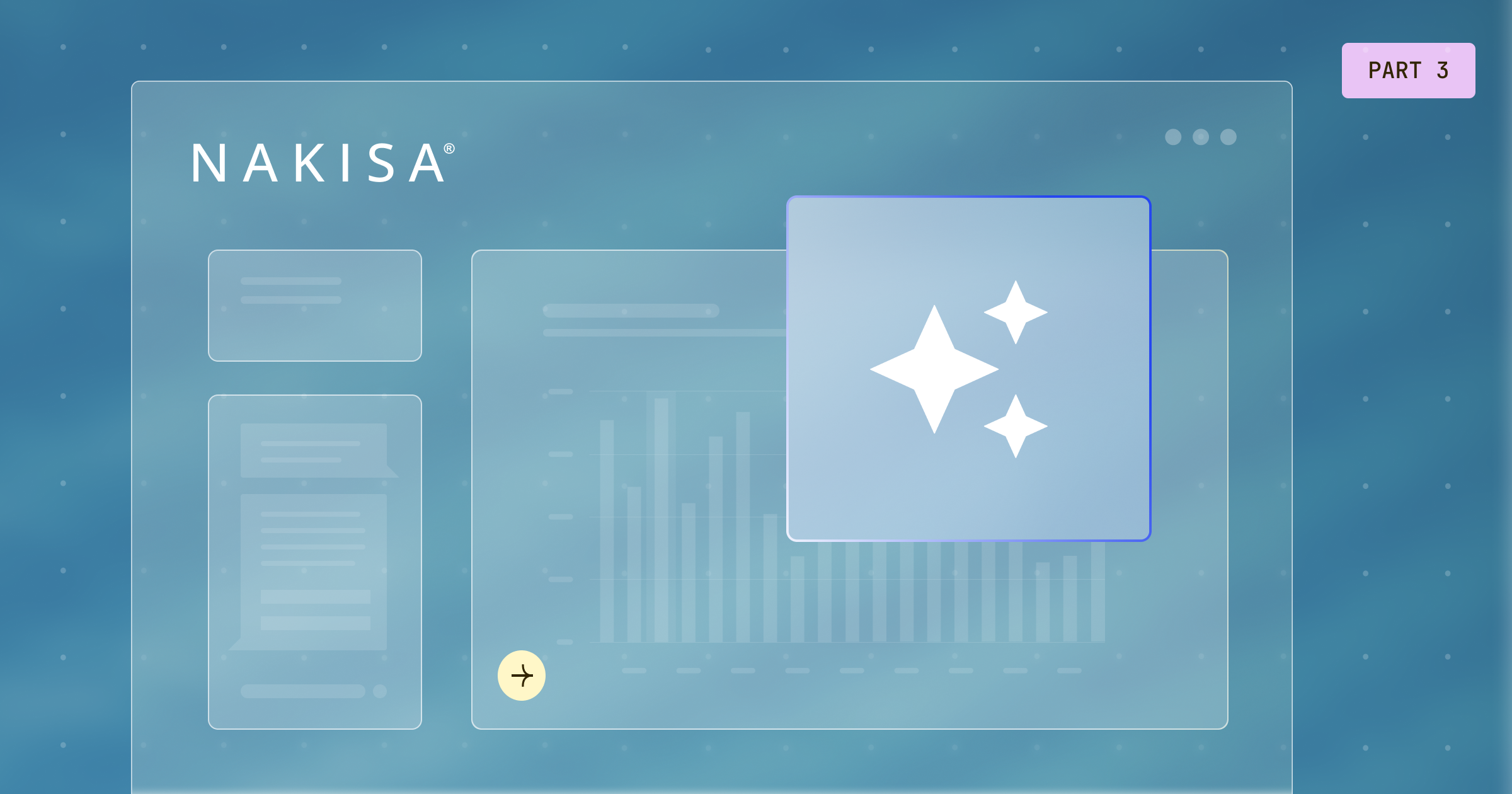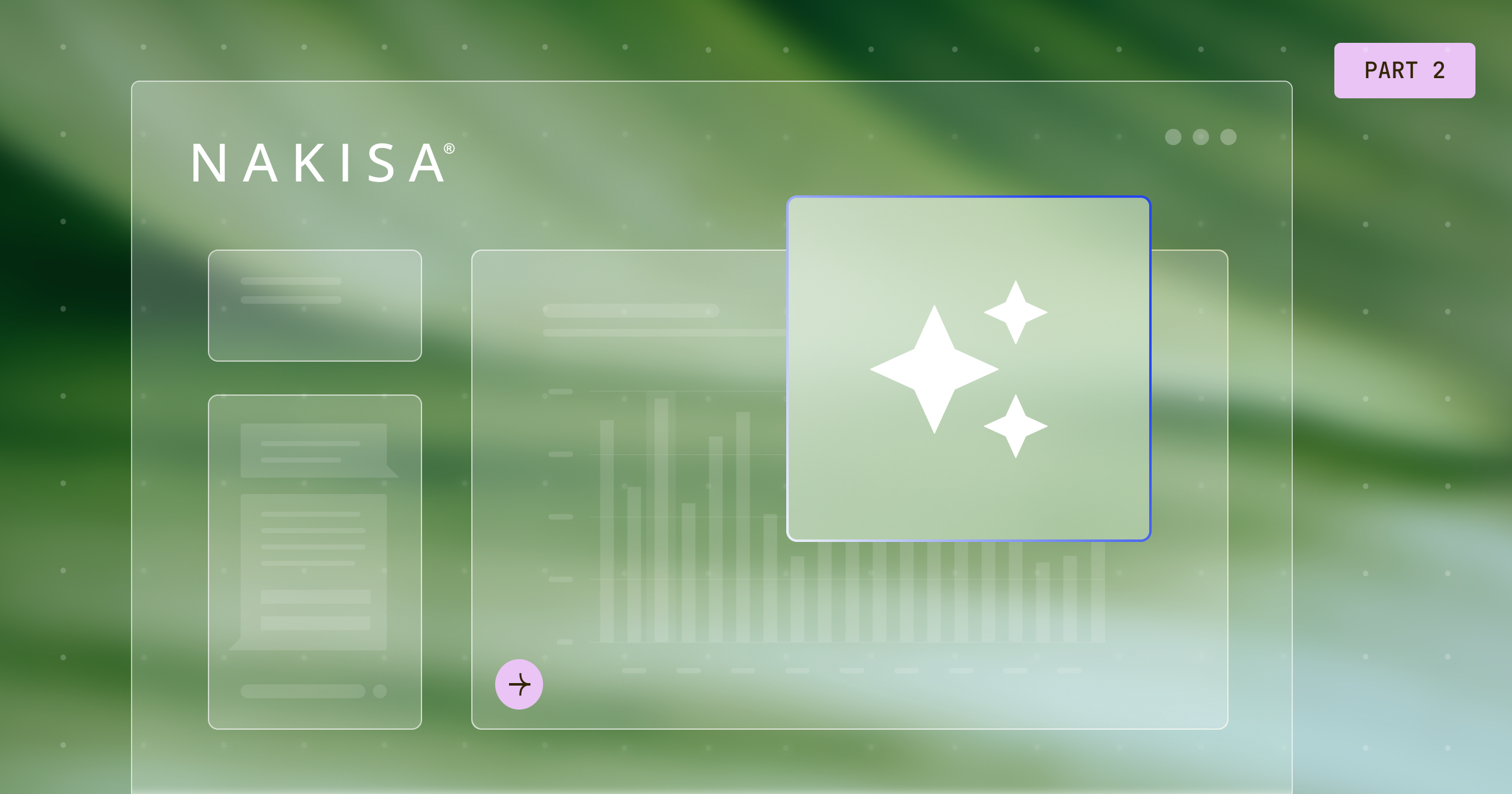The thrill of sports comes from the ticking clock.
When Lebron James hits a three-point shot with a second to go in a playoff game or when a World Cup soccer player makes a goal in the final minutes of stoppage time, it may seem like luck or chance. It’s why sports can be so fun—and for serious fans, so stressful.
In truth, every great play comes from hours of practice, preparation, and strategizing. When Lebron makes that buzzer-beating shot, he’s not just throwing up the ball and hoping—he’s practiced for thousands of hours and he’s gone through every possible scenario in his head before making his final decision.
While your lease accounting transition won’t happen in a matter of seconds, the approaching January 2019 deadline to comply with IFRS 16 and/or ASC 842 does represent a ticking “game clock” for your organization to make important decisions and execute your plan.
It may be tempting to rush your implementation of a new lease accounting solution to meet the deadlines. But, as with all important decisions, deciding on a new solution, implementing it, and integrating with other business systems will not only require a lot of hard work, but also a good deal of patience, diligence, and intelligent decision-making.
Before you rush into any decisions on your lease accounting transition strategy, there’s a ton of considerations to, well … consider.
Here are seven key questions to ask before you decide on a solution or begin implementation of your new lease accounting system. This, by no means is an exhaustive list of everything you need to think about, but it’s certainly a good place to start.
- What are your key goals for a new lease accounting solution? While compliance should be your most important concern in the immediate term, it shouldn’t be your only reason for adopting a new lease accounting system. Consider how a new solution can reduce costs and increase efficiency; or improve your reporting or analysis capabilities; or aid your ability to forecast and plan for the future. Before implementing any new solution, identify your top goals for future lease accounting aside from compliance, and ensure your implementation strategy is built with these goals in mind.
- How many lease contracts and assets do you have? To accurately plan your lease accounting transition, you have to know what data you have on hand. That means understanding the current lease contracts you have on your books, as well as the impact on your balance sheet in terms of the right-of-use assets and lease liabilities that will be recognized. Recognizing these items may affect key financial metrics.
- Is your current data complete and accurate? We’ve said before how overwhelming the process of gathering data can be. With multiple lease contracts in offices throughout the globe, often sitting in filing cabinets, centralizing and unifying data is a key step to proper lease accounting. As you decide on a new lease accounting solution, look for one that will help you ensure your data is optimized and accurate.
- Who owns the lease accounting transition process? Selecting and implementing a new lease accounting solution will require input from various departments in your organization—from accounting to IT to project management and others. But, to ensure the implementation process runs as smoothly as possible, you’ll need to identify and support a dedicated cross-functional team who can coordinate implementation steps and ensure that your compliance strategy stays on track.
- What are your requirements for integration with other systems? How will your lease accounting solution integrate with existing systems such as your ERP? What will this integration look like? Is integration required in the short-term or can it wait until you’ve met the requirements for compliance? It’s important to have a clear plan for integration after you’ve adopted a new solution.
- What are your timelines for implementation and integration? With only a few months left until the January 2019 compliance deadlines, your timeline for implementing your new lease accounting solution is pretty obvious. But planning your implementation and the subsequent integration with other systems requires a detailed plan of action, with specific deadlines for every phase—from solution selection to adoption and implementation to integration.
- How will supporting a new lease accounting solution impact budgets or staffing? Adopting a new lease accounting solution will require new investment in resources and staff. Before implementation, make sure you understand the full impact of your compliance strategy, what resources it will take to support that strategy, and what human resource decisions you’ll need to make as a result.
It’s crunch time for compliance. But even with the clock ticking, organizations need to make informed and intelligent decisions on their lease accounting strategies moving forward.
Discover how Nakisa Lease Administration can support you in your lease accounting and compliance journey. Contact us today. Our solution experts will answer all your questions, share with you the best lease accounting and compliance practices, and show how Nakisa helps handle the end-to-end business process.





